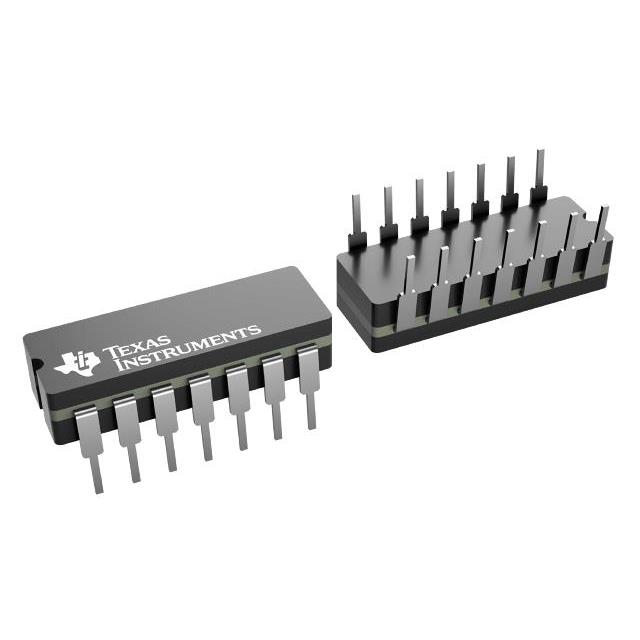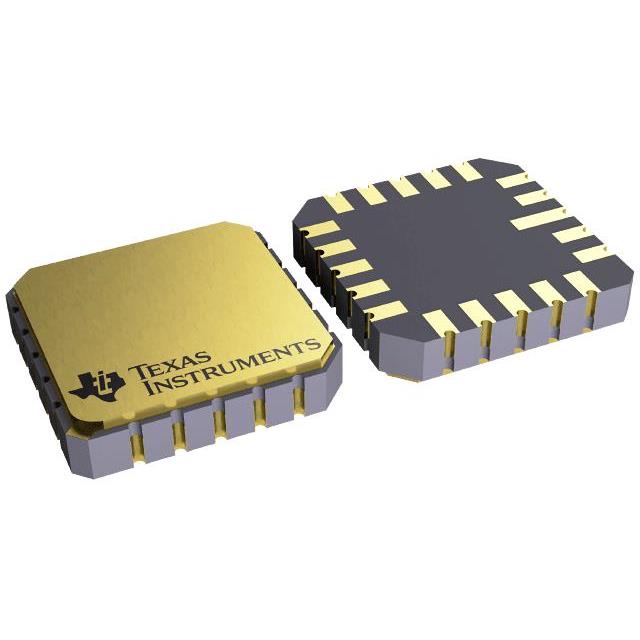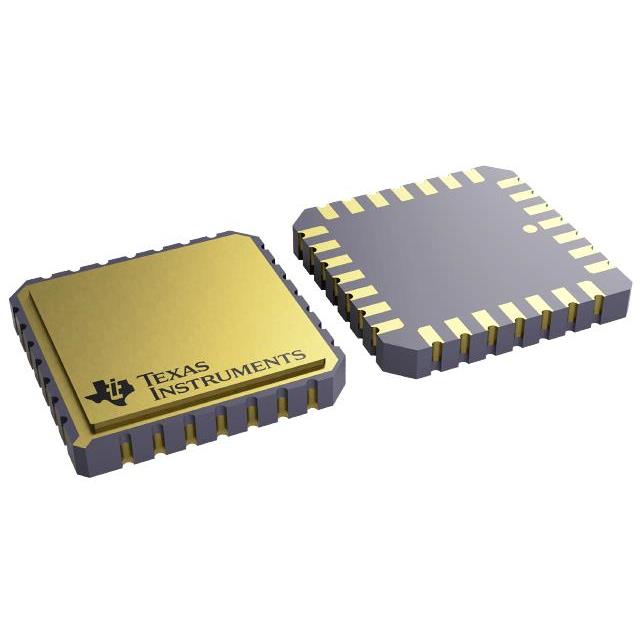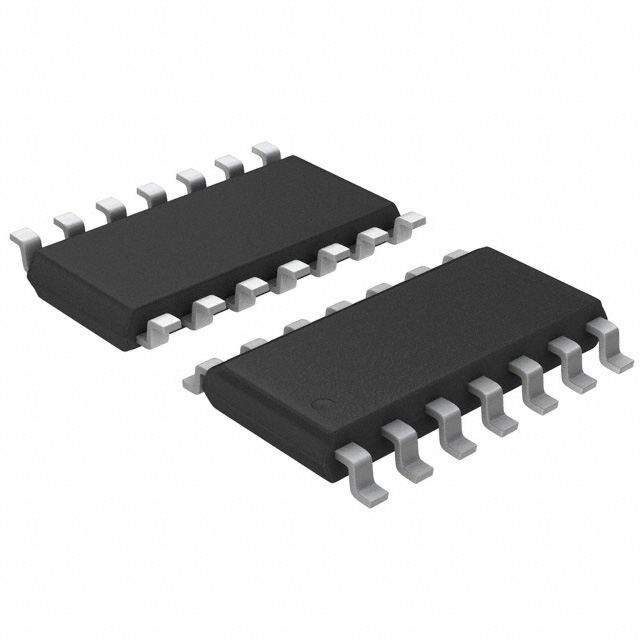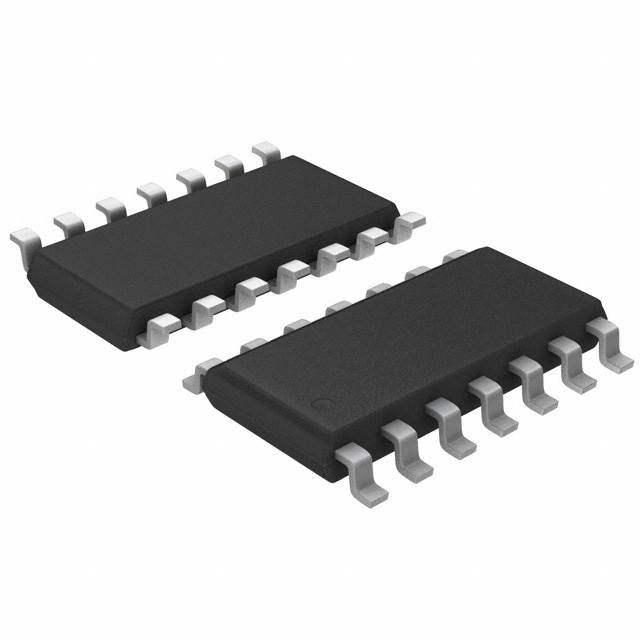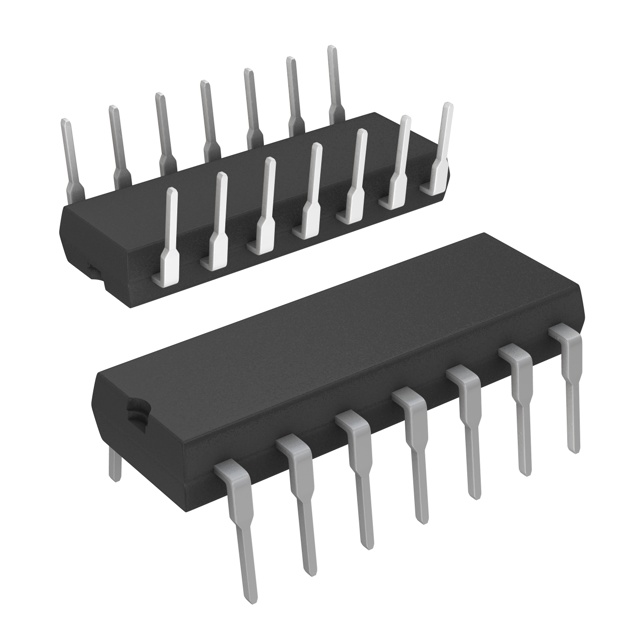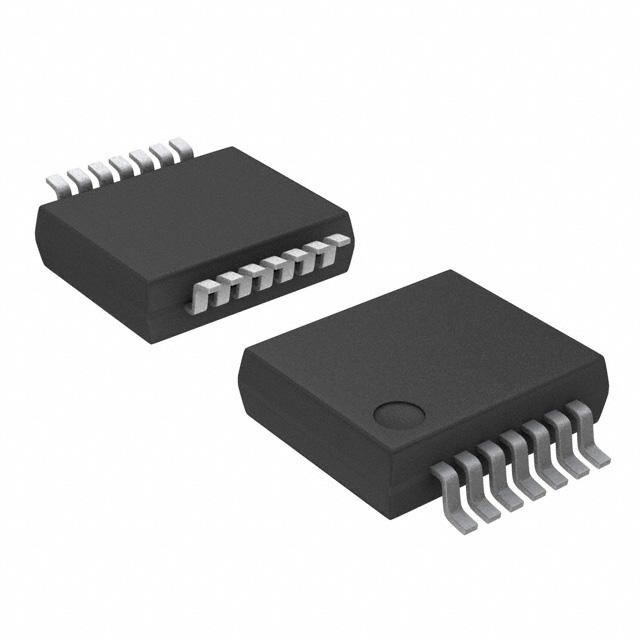Categories
- Parity Generators and Checkers(140)
- 1
- 2
- 3
- 4
- 5
- 6
- 7
Description of Parity Generators and Checkers
Devices in the parity generator and checker family help with checking data for errors. They work by looking at a group of digital bits and counting how many of them are set to 1. They then create or check an extra parity bit that tells you if the count of 1s is even or odd. This is a simple way to spot errors that might have happened during data transmission.
Parity Generators and Checkers are important components in digital systems used for error detection.

Parity Generators:
Function: A parity generator creates a parity bit that is added to a data set to ensure data integrity.
How It Works: It adds an extra bit to a group of data bits. This parity bit is set to either 0 or 1 to make the total number of 1s in the data either odd or even, depending on whether odd or even parity is used.
Purpose: The parity bit helps detect errors that might occur during data transmission or storage. For instance, if a single bit is flipped due to noise or other issues, the parity check can signal that an error has occurred.
Parity Checkers:
Function: A parity checker verifies the parity bit to detect errors in the data.
How It Works: It receives the data along with the parity bit and checks if the number of 1s in the data matches the expected parity (odd or even). If the parity does not match, the checker identifies an error.
Purpose: It helps ensure that the data has not been corrupted. If an error is detected, corrective actions can be taken, such as requesting the data to be retransmitted.
In summary, parity generators create parity bits to help detect errors, while parity checkers verify those bits to ensure data integrity.







